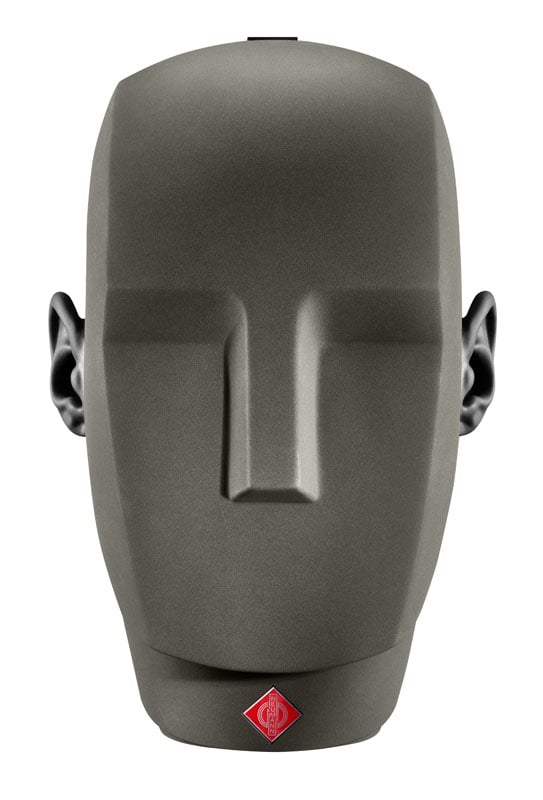This is not so simple. How the binaural recording represents the experience heard in-room depends on more factors than you can see in a simple frequency response. The response of this type of recording is very sensitive to sound field directivity.
Today's dummy heads are designed for diffuse field equalization. Headphones optimized to that target AFAIK are very rare (too bright sound with non-binaural recordings?). However, Sean Olive has shown that headphones with a target curve slightly different from the diffuse field equalization curve give better results.
Isn't that how Sean Olive developed his target curve? Binaural recording of the highest rated speaker in a listening room, then adjusting the headphone target curve until the sound matched that of the speaker?
After
several iterations of the headphone target curve, one (untrained and trained listeners) can now be fairly certain that when the headphones are tuned to the Harman target curve, binaural dummy head recordings will sound close to what is heard in the recording room.
#1 is dynamically compressed, sounds soft. like transients are muted.
As others have said, this is due to the mismatched levels of the compared speakers. Listen to the binaural recordings of speakers I linked in the last post (
here at lowbeats.de).
Compare the sound levels and dynamics of the Grimm LS1 and the Tannoy Canterbury. The Grimm would be around
[email protected] sensitivity when built passively. The Tannoy is listed at
[email protected], which is about the same level as the Spatial X5.
This is what it sounds like when the sound pressure levels are set fairly.
How would this be affected by listening to this on speakers? That's what I've been using for all of these comparisons.
Then you have people like me, who insist on listening to this on speakers.
Neumann claims that recordings with the dummy head can also be heard through loudspeakers. But I would doubt that, because actually the signal would have to be convolved with an inverse HRTF to be suitable for playback over loudspeakers.
When I listen through speakers, the "gramophone/megaphone sound" is clearly boosted with the Spatial X5 (much less pronounced than with the Klipsch, of course). The effect is less pronounced over closed headphones and least pronounced over in-ear.




